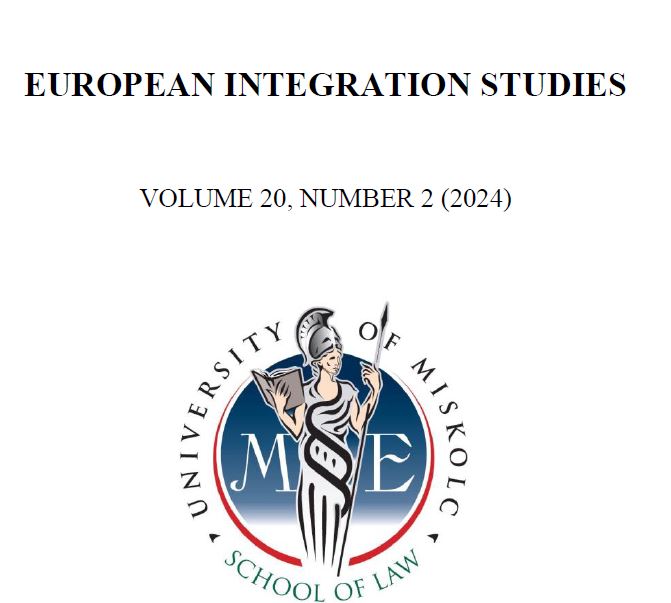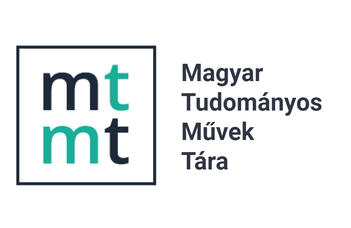The Internal Security Agency and Poland’s Critical Infrastructure Protection: Challenges and Solutions
DOI:
https://doi.org/10.46941/2024.2.13Keywords:
critical infrastructure, terrorism, cyber-terrorism, crisis management, Internal Security Agency.Abstract
This article is devoted to critical infrastructure protection issues, with a focus on national regulations. It does not omit issues concerning the authorities which, according to the regulations, are responsible for critical infrastructure protection, including: relevant ministers, the Government Security Centre as well as the Internal Security Agency. The publication also presents issues related to ensuring information and communication technology security and countering terrorist threats, espionage and cyber-attacks. The empirical aspect of citing an excerpt from a research on terrorism, which was conducted in 2022 by ABW officers among representatives of academia as well as representatives of services and institutions belonging to the anti-terrorism community involved in terrorism studies, has not been disregarded either. The research points to a growing threat to the European Union from terrorist attacks. The article concludes with postulates on the need to increase the protection of critical infrastructure, in particular through proper risk assessment, as well as the need to develop an IT model for threat knowledge management.
References
Milewski, J. (2016) ‘Identyfikacja infrastruktury krytycznej i jej zagrożeń. Systemowe wymogi bezpieczeństwa’ [Identification of critical infrastructure and its threats. Systemic security requirements], Zeszyty Naukowe AON, 4(105), pp. 99-115.
Szewczyk, T., Pyznar, M. (2010) ‘Ochrona infrastruktury krytycznej a zagrożenia asymetryczne’ [Critical infrastructure protection against asymmetric threats], Przegląd Bezpieczeństwa Wewnętrznego, 2(2), pp. 55-56.
Karolewski, A., Rejman – Karolewska, M. (2015) ‘Ochrona infrastruktury krytycznej, Przegląd naukowo – metodyczny’ [Protection of critical infrastructure, Scientific and methodical review]. Edukacja dla bezpieczeństwa, 2/2015 (27), p. 108.
Poterała, G. (2021) ‘Zadania ABW w zakresie bezpieczeństwa teleinformatycznego państwa’ [Tasks of the ABW in the field of information and communication security of the state] in: Burczaniuk, P. (ed.) Prawne aspekty funkcjonowania służb specjalnych na przykładzie Agencji Bezpieczeństwa Wewnętrznego [Legal aspects of the functioning of special services on the example of the Internal Security Agency]. Warszawa: DIG Publishing House, pp. 89-117.
Obuchowicz, M. (2010) ‘Pięć lat funkcjonowania Centrum Antyterrorystycznego ABW (2008-2013)’ [Five years of functioning of the ABW Antiterrorist Centre (2008-2013)], Przegląd Bezpieczeństwa Wewnętrznego, 10, pp. 275 et seq.
Kolaszyński, M. (2016) Status ustrojowy polskich służb specjalnych po 1989 roku. [Regime status of Polish secret services after 1989], Kraków: Jagiellonian University Publishing House.
Vidino, L. (2023) ‘Badania ankietowe poświęcone terroryzmowi w Polsce i kierunkom jego rozwoju’ [Survey research on terrorism in Poland and directions of its development], Terroryzm, studia, analizy, prewencja [Terrorism, studies, analysis, prevention], 2023(4), p. 254.
Szlachter, D. (2022) ‘Terroryzm w Polsce i kierunki jego rozwoju. Wyniki badań ankietowych’ [Terrorism in Poland and directions of its development. Survey results (abridged report)], Terroryzm, studia, analizy, prewencja [Terrorism, studies, analysis, prevention], 2022(2), pp. 148-185.
Trocicka, J. W. (2019) ‘Metodyka typowania i szacowania ryzyka zagrożeń dla bezpieczeństwa państwa’ [Methodology of typing and estimating the risk of threats to state security] in Kośmider, T., Kołtun, L. (eds.) Współczesny wymiar bezpieczeństwa publicznego. Kształtowanie bezpiecznych przestrzeni. Działania profilaktyczne. [Contemporary dimension of public security. Shaping safe spaces. Preventive actions], Warszawa: IWS Publishing House.





